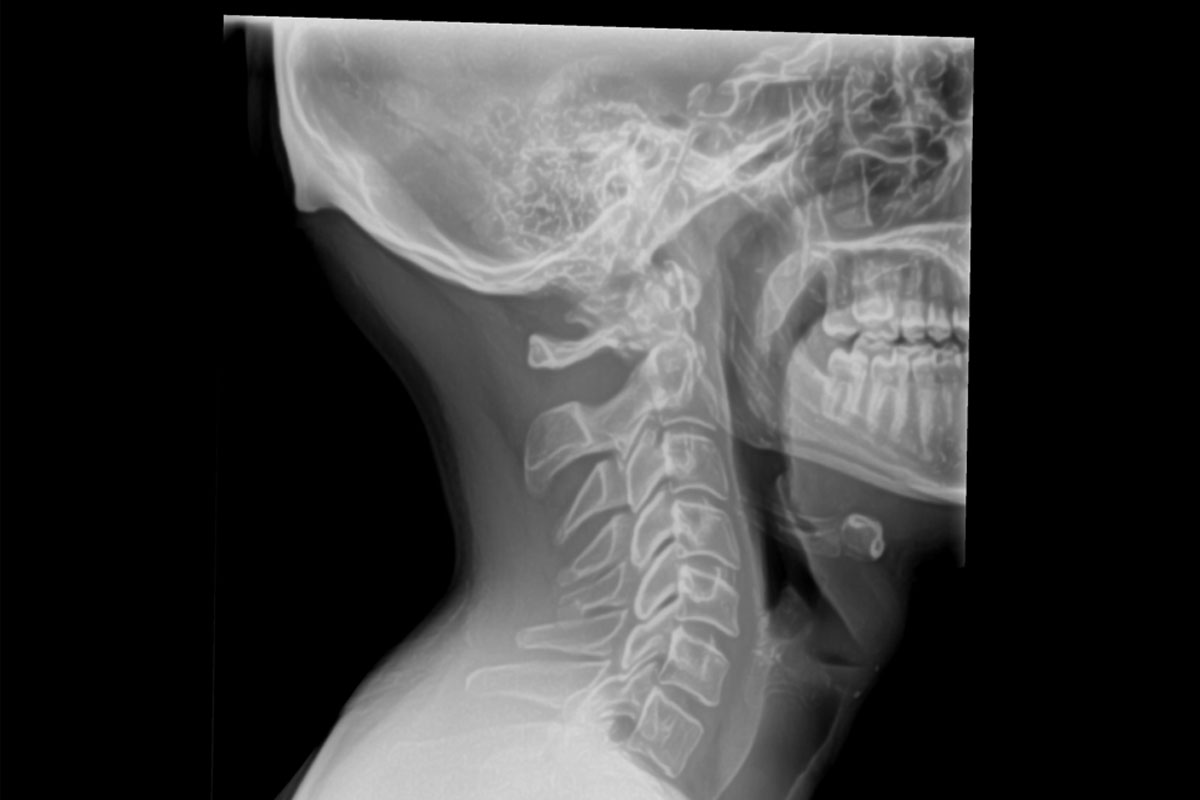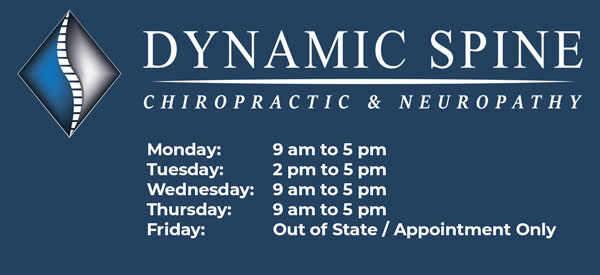
Pinched Nerve
What is a Pinched Nerve?
The term pinched nerve commonly refers to the compression of a nerve root located in the spinal column. It is a term to describe “radiculopathy”, or radiating pain. Compression or irritation to the nerve can cause:
- Numbness/Tingling, burning, throbbing or sharp shooting pain down the buttock or into the leg, or into the hand/arm
- Can present with lower back or neck pain as well
- In certain cases, it can cause weakness or atrophy of the leg/arm muscles (if severe)
- Many patients find it difficult to find a comfortable position, and symptoms can range from minor discomfort to very severe and debilitating pain
- Patients often have a hard time sitting or standing for long periods of time
What Causes a pinched nerve?
The term “pinched nerve” is a lay term commonly used to describe the compression of a nerve or nerve root. A “pinched nerve”, known medically as a compressed nerve, can range from mild to severe, depending on the severity of compression and other underlying health factors. Compression on a nerve can come from muscle, connective tissue, disc, or bone. A nerve can be compressed in multiple regions of the spine, usually near the disc. On top of that, nerves can also become compressed in different areas of the arms or legs.
Symptoms of a pinched nerve include:
- Numbness or tingling in an arm/hand, or leg/foot
- Weakness of an arm/hand, or leg/foot
- Shooting pain
- Burning pain
- A sensation of a hand or foot falling asleep
What Causes a Pinched Nerve?
Direct compression from a spinal disc, in which either the disc or disc material is pressing directly onto the nerve. Specific conditions of the disc that cause compression include disc bulging, herniation, or other forms of foraminal stenosis.
- Irritation from swelling or inflammation in the spinal canal where the nerve roots branch out of the spine.
- Irritation to the lumbar or cervical plexus.
- Different areas of compression on the nerve along its path.
- Compression from the spinal bone itself, often due to abnormal alignment of the vertebrae or enclosure of the neural canal.
How to Properly Treat a Pinched Nerve?
The first part of properly treating a pinched nerve is to identify the location of the compression. There are dozens of pairs of nerve roots coming from the spinal column. Each nerve then follows a different path to the areas it controls and innervates. Compression of the nerve root at any level of the spine or any location of the arm or leg can produce symptoms.
To identify the specific level of nerve compression, the following is performed:
- Physical exam of the spine and/or extremities
- Neurological testing, including muscle strength testing
- Orthopedic tests to try to elicit a response that may dictate the area/type of compression
- X-rays may be helpful in seeing underlying conditions that may lead to compression of a nerve root
- If not responding to treatment, MR Imaging (for spine primarily) can identify the level, type, and severity of nerve compression
- EMG/NCV testing (nerve tests) to help find out where a nerve is showing physiological signs of irritation
The second part is to apply appropriate therapy, depending on the cause of the compression. Treatment depends on the compression, as listed below:
- Disc herniation, bulging, or degeneration: Non-surgical spinal decompression is applied to alleviate pressure on the disc, and in some cases can help to improve the severity of the disc bulge or herniation. New studies have found up to an 88% success rate long term.
- Inflammation or swelling in the neural canal: Laser therapy (specifically Low level light therapy) has been shown to be highly effective in treating swelling in joints. This therapy oftentimes can show benefit in just a few treatment sessions and has very low risk or side effects.
- Spinal alignment: In certain cases, compromise to the alignment of the spine can affect the neural canals in which the spinal nerve roots exit. Improving the spinal alignment and biomechanics works to ensure that the spine has adequate function and structure to prevent nerve compression.
- Compression of the nerve along its path: In the case the nerve is being compressed by an area in the arm or leg, hand or foot, treatment is then aimed to help reduce the local compression. In many cases, anti-inflammatories and laser therapy can be used to reduce inflammation and speed up the healing time of the associated nerve. Secondary, at-home therapy including stretching or myofascial release can help to decrease the spasm or tissue that may be compressing the nearby nerve. Finally, if the compression is not showing signs of improvement after conservative, then other aggressive forms of treatment, or even a surgical consultation might be necessary.
Best Way to Correct a Pinched Nerve for the Long Term?
Due to the many different causes of nerve compression, there is no one specific protocol. However, in general, these steps can help you to keep your nerves in a healthy state.
- Stay on a wellness spinal schedule: Periodic and precise adjustments of the spine can help to maintain normal alignment, biomechanics, and healthy spinal discs. The frequency of wellness visits can vary, but a minimum of a yearly checkup is recommended.
- Maintain your at-home therapy: If or when your symptoms improve, it is critical to maintain your at-home exercises, even once per week, to keep the tissue and muscles near the nerve compression healthy and flexible. As our doctors always say, if it works, just keep doing it.
- Specific Stretching: There are specific stretches to the different areas of the spine or extremities that help to keep common areas of nerve compression healthy.
- Eat to control blood sugar and inflammation – A patient who has elevated blood sugar or high levels of inflammation in their body is much more likely to develop neurological conditions. Eating healthy and controlling blood sugar, along with eating a healthy anti-inflammatory diet is important.








